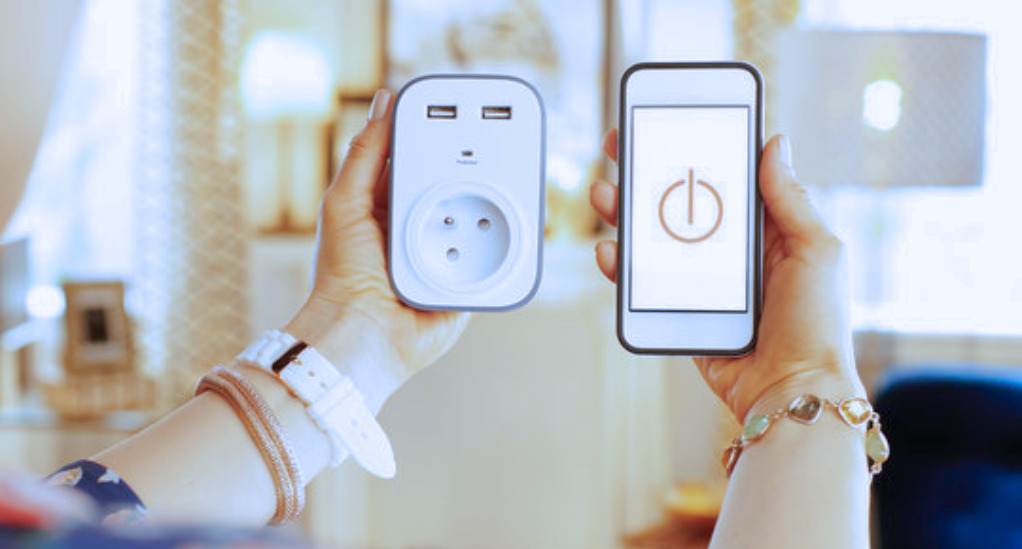

Smart plugs have become an essential part of many households, offering convenience and control over appliances and devices from anywhere. However, with this convenience comes the potential for cybersecurity risks.
Hackers are increasingly targeting IoT devices like smart plugs, aiming to exploit vulnerabilities for unauthorized access. But don’t worry—there are simple and effective steps you can take to secure your smart plugs and keep your home network safe.

Smart plugs are often overlooked when it comes to security. Many users stick with default passwords, or they don’t regularly update their devices.
These simple oversights make smart plugs a prime target for cybercriminals looking to gain access to your home network. Once compromised, hackers can monitor your activities, steal personal data, or even control devices remotely.
According to a report by the Cybersecurity and Infrastructure Security Agency (CISA), over 60% of IoT devices are vulnerable due to poor security practices. By understanding these risks, you can take necessary actions to protect your devices and your personal information.
Here’s the good news: securing your smart plugs doesn’t require advanced technical knowledge. Simple steps can significantly reduce your risk of a breach.
One of the easiest ways to secure your smart plugs is to change the default password. These default passwords are well-known to hackers, making them a quick way to gain access. Always choose a strong, unique password.
Two-factor authentication adds an extra layer of protection by requiring you to verify your identity through a second device or method, such as a phone. If your smart plug supports 2FA, enable it to ensure only authorized users can access your device.
Manufacturers regularly release updates to address security vulnerabilities. Make sure your smart plugs are running the latest software to protect against new threats. You can usually enable automatic updates to stay on top of this.
While securing your smart plugs is a critical first step, it’s essential to take a holistic approach to smart home security. Here are a few other best practices that apply to all IoT devices:
Consider setting up a dedicated Wi-Fi network for your smart devices. This ensures that even if a device is compromised, the damage is contained within a separate network, keeping your primary devices and sensitive information safe.
Encryption is a crucial step in securing data transmitted between devices. Many smart plugs come with built-in encryption, but it’s worth checking and ensuring that it’s enabled.
Regularly check for unusual activity, such as unexpected power cycles or new connections to your devices. This could indicate that someone is trying to hack into your system.
If your smart plug starts to act strangely—like turning on or off without your command, or it becomes unresponsive—it could be a sign of a security breach. Here’s what you should do:
By staying alert and acting quickly, you can minimize the damage from a potential hack.
Smart plugs are just one part of your smart home ecosystem, and securing them should be part of a broader strategy. Other devices like thermostats, lights, and cameras also need protection. For more tips on securing other smart devices, check out our thermostat security tips. By maintaining security across all of your devices, you can create a comprehensive defense against cyber threats.
Securing your smart plugs from remote hacking is crucial for protecting your privacy and personal information. By following the simple steps outlined above—such as changing default passwords, enabling 2FA, and keeping your devices updated—you can significantly reduce the risk of a breach.
Don’t stop at securing just your smart plugs; protect all your smart home devices to build a more secure network. For expert insights on the latest cybersecurity trends, visit Hacker9 for more information.
Taking proactive steps today will ensure you enjoy the benefits of a smart, connected home without compromising your safety. Stay safe and stay secure!